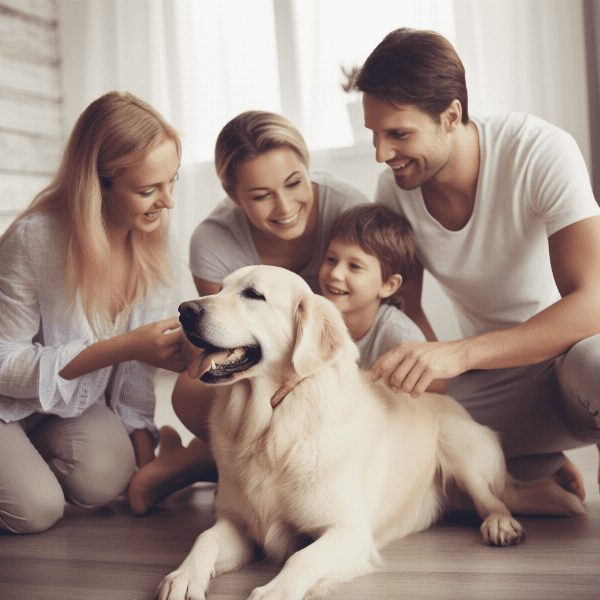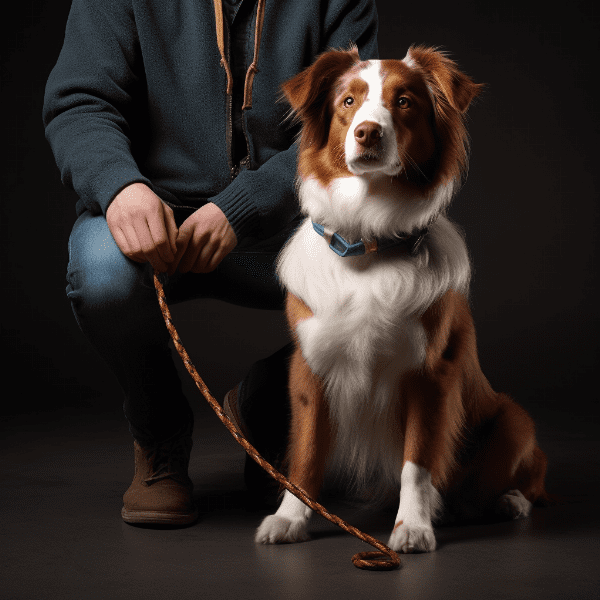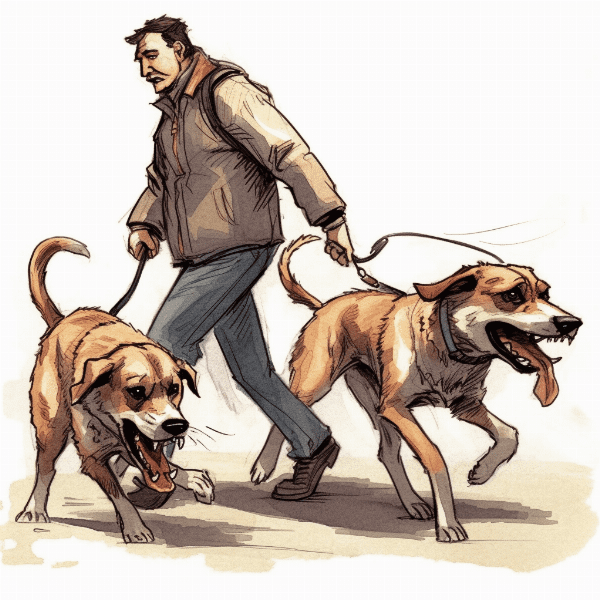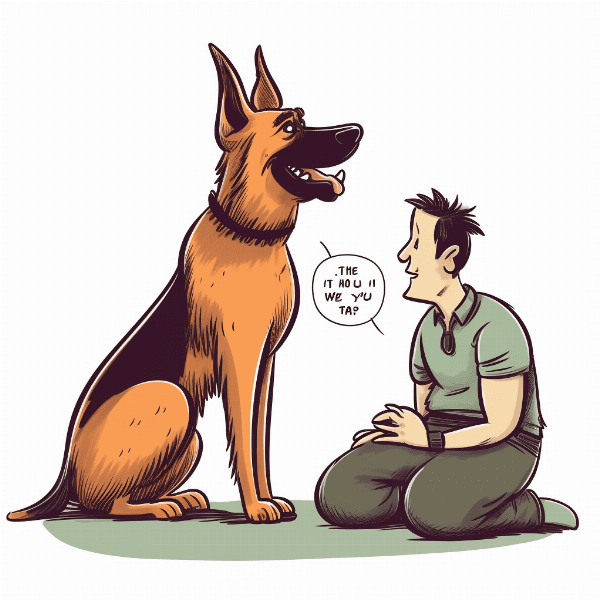Table of Contents
- The Basics of Dog Aggression
- Myths About Female Dog Aggression
- Recognizing Alpha Female Behavior
- Factors That Contribute to Aggression
- Training Techniques to Manage Aggressive Behavior
- Seeking Professional Help for Aggression Issues
- Creating a Safe Environment for Your Dog
- Preventing Aggression in Future Generations
- The Importance of Consistency and Routine
- Living with an Alpha Female Dog: Tips and Tricks
The Basics of Dog Aggression
When it comes to understanding Alpha female dog aggression, it’s important to first grasp the basics of Dog aggression as a whole. Aggression in dogs is a complex and multifaceted issue that can be caused by a variety of factors. In general, aggression can be defined as any behavior that is intended to harm another living being, whether it be a person or another animal.
Causes of Aggression
There are many potential causes of dog aggression, and it’s important to recognize that every dog is unique and may exhibit aggression for different reasons. Some common causes of aggression in dogs include fear, resource guarding, territorial behavior, and frustration. It’s also worth noting that genetics can play a role in aggressive behavior, as certain breeds are more prone to aggression than others.
Signs of Aggression
It’s crucial for dog owners to be able to recognize the signs of aggression in their pets. Some common signs of aggression in dogs include growling, snapping, barking, biting, and lunging. Dogs may also exhibit more subtle signs of aggression, such as stiffening their bodies or raising their hackles.
Types of Aggression
There are several different types of aggression that dogs may exhibit, and understanding the specific type of aggression your pet is displaying can be helpful in developing an appropriate treatment plan. Some common types of aggression in dogs include fear aggression, dominance aggression, territorial aggression, and redirected aggression.
Impact of Aggression
Aggression in dogs can have serious consequences, both for the animal itself and for those around it. In addition to the risk of physical harm, aggressive behavior can also lead to legal and financial liabilities for pet owners. Moreover, aggression can severely limit the dog’s quality of life, as it may be restricted from participating in activities such as dog parks or socializing with other animals.
In the next section, we’ll explore some of the myths surrounding female dog aggression and why they can be harmful to understanding and managing this issue.
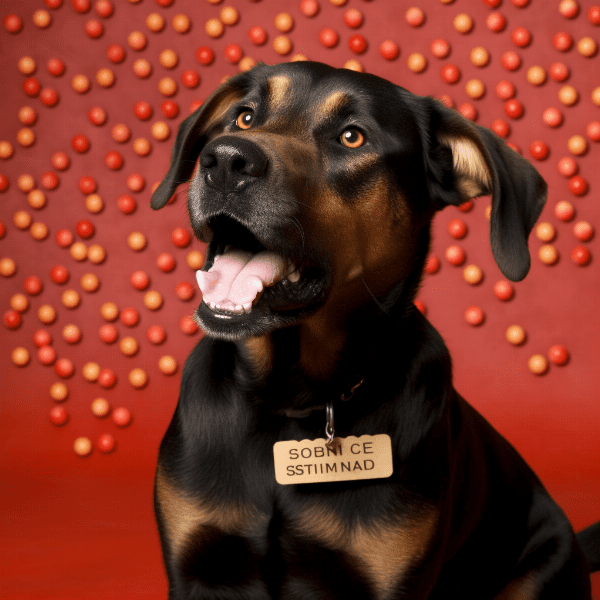
Myths About Female Dog Aggression
There are several myths surrounding female dog aggression that can lead to misunderstandings and ineffective management of this issue. It’s important to dispel these myths and gain a more accurate understanding of female dog aggression in order to provide the best care for our pets.
Myth #1: Female Dogs Are Less Aggressive Than Males
Contrary to popular belief, female dogs can be just as aggressive as males. While it’s true that some male dogs may exhibit more dominant behavior, female dogs can also display alpha tendencies and engage in aggressive behavior.
Myth #2: Female Dogs Only Become Aggressive During Heat
While hormonal changes during heat can sometimes contribute to aggressive behavior in female dogs, aggression can occur at any time and for a variety of reasons. Aggression in female dogs should not be dismissed as simply a result of heat cycles.
Myth #3: Female Dogs That Are Aggressive Are Simply “Bad Dogs”
It’s important to recognize that aggressive behavior in dogs is often a result of underlying factors, such as fear or anxiety. Labeling a female dog as a “bad dog” due to aggression can be harmful and counterproductive, as it does not address the root cause of the behavior.
Myth #4: Female Dog Aggression Can’t Be Managed
While managing female dog aggression can be challenging, it’s not impossible. With the right training techniques and behavior modification strategies, many female dogs with aggressive tendencies can learn to manage their behavior and live happy, healthy lives.
Myth #5: Female Dog Aggression Is Always Directed Towards Other Dogs
While inter-dog aggression is a common manifestation of female dog aggression, it’s important to recognize that aggression can also be directed towards people or other animals. It’s crucial to identify the specific triggers of aggression in each individual dog in order to develop an appropriate management plan.
In the following section, we’ll explore how to recognize alpha female behavior in dogs and why it’s important to do so in order to effectively manage aggression.
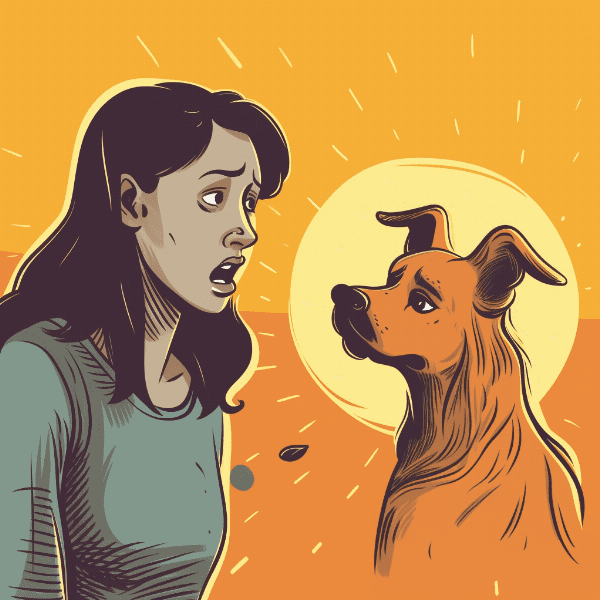
Recognizing Alpha Female Behavior
In order to effectively manage alpha female dog aggression, it’s important to first be able to recognize the specific behaviors that indicate alpha tendencies in dogs. While every dog is unique and may display alpha behavior in different ways, there are some common signs to look out for.
Posturing
Alpha female dogs may display confident and assertive posturing, such as standing tall with their head held high, tail raised, and ears perked up. They may also display more aggressive posturing, such as stiffening their body, baring their teeth, or growling.
Resource Guarding
Alpha female dogs may be more prone to resource guarding behavior, such as growling or snapping when someone approaches their food bowl or favorite toy. This behavior is an attempt to assert dominance and control over resources.
Demand for Attention
Alpha female dogs may demand attention from their owners, and may become pushy or aggressive if they do not receive the attention they desire. This behavior can include jumping up on people, pawing at them, or barking for attention.
Dominance over Other Dogs
Alpha female dogs may attempt to assert dominance over other dogs, especially those of the same gender. This behavior can include growling, snapping, or fighting with other dogs, as well as attempting to control resources or territory.
Challenges to Authority
Alpha female dogs may challenge the authority of their owners or other people in their lives. This can manifest as disobedience, refusal to follow commands, or even aggression towards those who attempt to assert control over them.
Recognizing these behaviors in your female dog is crucial for understanding and managing alpha female dog aggression. In the next section, we’ll explore some of the factors that can contribute to aggressive behavior in dogs and how to address them.
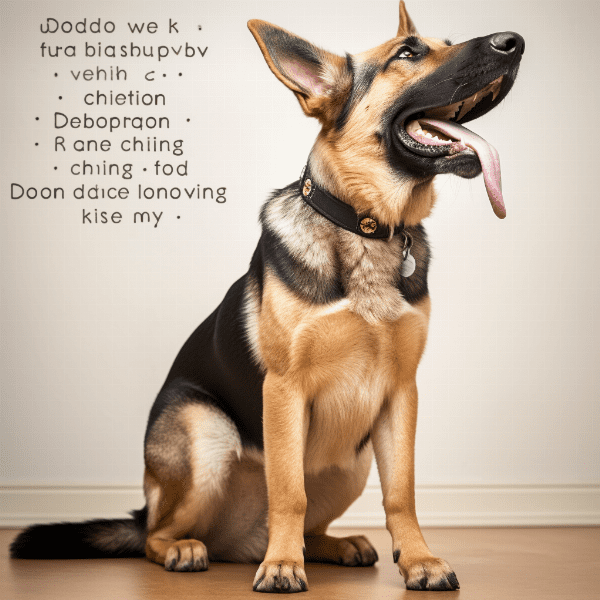
Factors That Contribute to Aggression
Aggression in dogs can be caused by a variety of factors, and it’s important to identify and address these underlying issues in order to effectively manage the behavior. Here are some common factors that can contribute to aggression in dogs.
Lack of Socialization
Dogs that have not been properly socialized may be more prone to fear and anxiety, which can contribute to aggressive behavior. Proper socialization during the critical period of a dog’s development is crucial for building confidence and reducing the risk of aggressive behavior.
Past Trauma
Dogs that have experienced trauma, such as abuse or neglect, may be more prone to aggressive behavior. This is especially true if the trauma occurred during the critical period of development, when the dog’s personality and behavior are still forming.
Medical Issues
Some medical conditions, such as pain or hormonal imbalances, can contribute to aggressive behavior in dogs. It’s important to have your dog evaluated by a veterinarian if you suspect that medical issues may be contributing to their aggression.
Lack of Training
Dogs that have not been properly trained may not understand appropriate behavior and may be more prone to aggressive tendencies. Training should focus on positive reinforcement and should be consistent and ongoing throughout the dog’s life.
Owner Behavior
The behavior of a dog’s owner can also contribute to aggression in dogs. Dogs that are subjected to abusive or neglectful behavior, inconsistent training, or lack of socialization may be more prone to aggressive behavior.
By addressing these underlying factors that contribute to aggression in dogs, owners can help manage and reduce the risk of aggressive behavior. In the next section, we’ll explore some training techniques that can be used to manage aggressive behavior in female dogs.
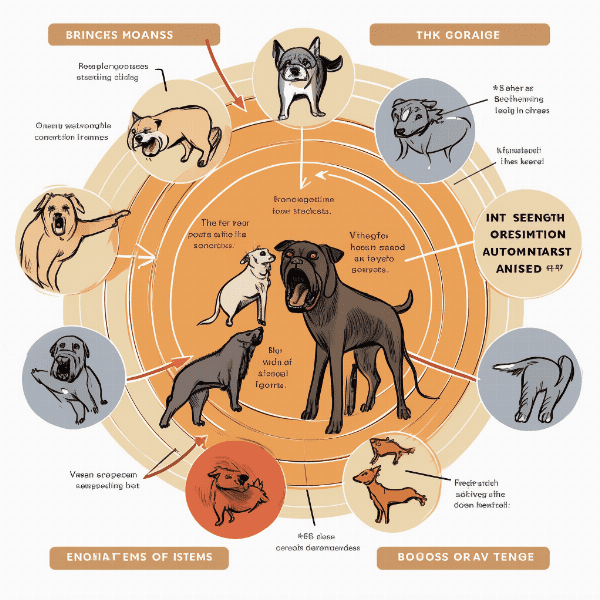
Training Techniques to Manage Aggressive Behavior
Managing aggressive behavior in female dogs requires a combination of training techniques and behavior modification strategies. Here are some effective training techniques for managing aggression in female dogs.
Positive Reinforcement
Positive reinforcement training techniques can be effective in managing aggressive behavior in dogs. This involves rewarding the dog for desired behaviors, rather than punishing them for unwanted behaviors. This type of training can help build trust and confidence in the dog, which can reduce the likelihood of aggressive behavior.
Counterconditioning
Counterconditioning is a technique that involves changing a dog’s emotional response to a specific trigger. For example, if a dog becomes aggressive around other dogs, counterconditioning might involve gradually introducing the dog to other dogs in a controlled environment and rewarding the dog for calm behavior.
Desensitization
Desensitization is a technique that involves gradually exposing the dog to the trigger that causes their aggressive behavior, in a controlled and safe environment. Over time, the dog becomes desensitized to the trigger, reducing the likelihood of aggressive behavior.
Consistency
Consistency is key when it comes to managing aggressive behavior in female dogs. Training techniques and behavior modification strategies should be applied consistently and regularly in order to be effective.
It’s important to note that managing aggressive behavior in female dogs may require the assistance of a professional dog trainer or behaviorist. In the next section, we’ll explore when to seek professional help for aggressive behavior in dogs.
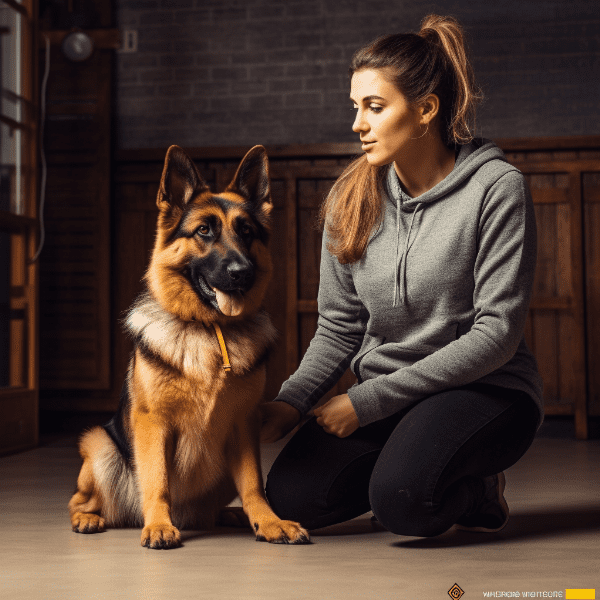
Seeking Professional Help for Aggression Issues
Aggressive behavior in female dogs can be challenging to manage, and in some cases, professional help may be necessary. Here are some situations in which it may be necessary to seek professional help for aggression issues.
Aggression is Increasing
If the dog’s aggressive behavior is becoming more frequent or severe, it may be time to seek professional help. This could be a sign that the behavior is becoming ingrained and more difficult to manage on your own.
Aggression is Directed Toward People
Aggression directed toward people can be especially dangerous and may require professional intervention. It’s important to address this type of behavior early on in order to prevent serious harm.
Aggression is Impacting Quality of Life
If the dog’s aggressive behavior is limiting its ability to participate in normal activities or impacting its quality of life, it may be time to seek professional help. This could include avoiding walks or social situations due to fear of aggressive behavior.
Other Methods Have Not Been Effective
When seeking professional help for aggressive behavior in female dogs, it’s important to choose a qualified and experienced professional who uses positive reinforcement-based training techniques. In the next section, we’ll explore some strategies for creating a safe environment for female dogs with aggressive tendencies.
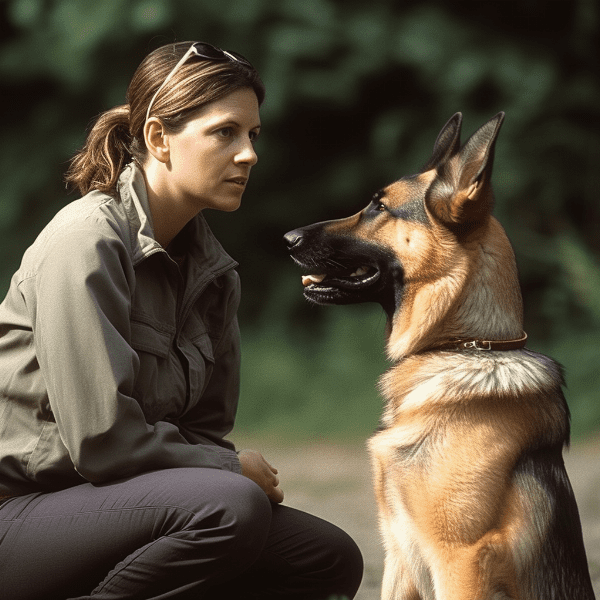
Creating a Safe Environment for Your Dog
Creating a safe environment for female dogs with aggressive tendencies is crucial for managing their behavior and preventing potential harm. Here are some strategies for creating a safe environment for your dog.
Secure Your Home
Ensure that your home is secure and that your dog cannot escape or harm others. This may involve installing secure fencing or using a leash or harness when outside.
Use Caution with Visitors
Be cautious when introducing your dog to new people, especially if they have a history of aggression. It may be necessary to keep your dog separated from visitors or to use a muzzle during interactions.
Avoid Triggering Situations
Identify the situations or triggers that can lead to your dog’s aggressive behavior and avoid them whenever possible. This could include avoiding crowded areas or keeping your dog away from other dogs.
Provide Plenty of Exercise and Stimulation
Ensure that your dog is getting plenty of exercise and mental stimulation, as this can help reduce stress and prevent aggressive behavior. This could include daily walks or playing with interactive toys.
Consistency and Routine
Maintain a consistent routine with your dog, as this can help reduce anxiety and prevent aggressive behavior. This could include consistent feeding times, exercise routines, and training sessions.
Creating a safe environment for female dogs with aggressive tendencies requires a combination of management strategies and behavior modification techniques. By working with a professional dog trainer or behaviorist and implementing these strategies, you can help your dog manage their aggression and live a happy, healthy life.
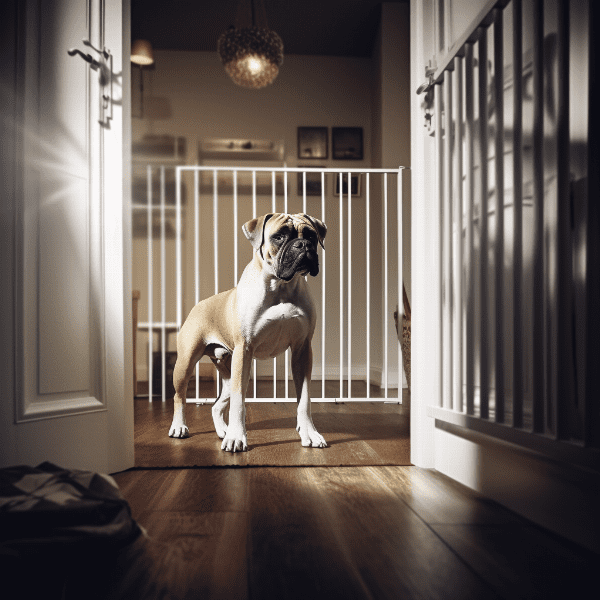
Preventing Aggression in Future Generations
Preventing aggression in future generations of female dogs involves taking a proactive approach to breeding and socialization. Here are some strategies for preventing aggression in future generations of dogs.
Responsible Breeding
Responsible breeding practices can help prevent aggression in future generations of dogs. Breeders should avoid breeding dogs with a history of aggressive behavior and focus on breeding for temperament and behavior traits.
Early Socialization
Early socialization is crucial for preventing aggression in future generations of dogs. Puppies should be exposed to a variety of people, animals, and environments during the critical period of development in order to build confidence and reduce the risk of aggressive behavior.
Spaying and Neutering
Spaying and neutering can help prevent aggression in future generations of dogs. These procedures can reduce hormone-related aggression and prevent the development of aggressive behavior in puppies.
Responsible Ownership
Responsible ownership is crucial for preventing aggression in future generations of dogs. Owners should ensure that their dogs are properly socialized, trained, and managed in order to prevent the development of aggressive behavior.
By taking a proactive approach to breeding and socialization, we can help prevent aggression in future generations of dogs and create a safer and more harmonious environment for both dogs and humans.
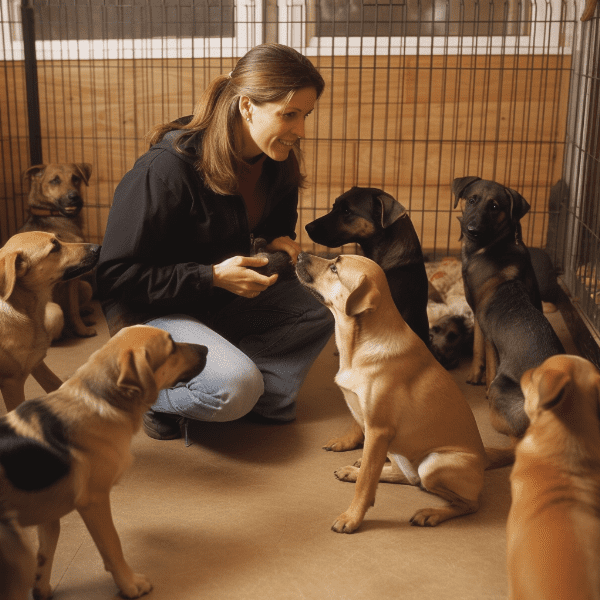
The Importance of Consistency and Routine
Consistency and routine are crucial for managing and preventing aggressive behavior in female dogs. Here are some reasons why consistency and routine are so important.
Reducing Anxiety and Stress
Consistency and routine can help reduce anxiety and stress in female dogs, which can contribute to aggressive behavior. By maintaining a consistent routine and predictable environment, dogs are better able to adapt and feel more secure in their surroundings.
Reinforcing Positive Behavior
Consistency and routine can also help reinforce positive behavior in female dogs. By consistently rewarding desired behaviors and avoiding punishment, dogs learn appropriate behavior and reduce the risk of aggressive tendencies.
Establishing Boundaries
Consistency and routine can help establish boundaries for female dogs, which can prevent them from feeling overwhelmed or uncertain in their environment. Clear boundaries and expectations can help reduce anxiety and prevent the development of aggressive behavior.
Building Trust
Consistency and routine can help build trust between female dogs and their owners. By providing a consistent and predictable environment, owners can demonstrate to their dogs that they are reliable and trustworthy, which can reduce anxiety and prevent aggressive behavior.
Managing Aggression
Consistency and routine are crucial for managing aggressive behavior in female dogs. By maintaining a consistent routine and using consistent training techniques, owners can help manage and prevent aggressive behavior in their dogs.
In summary, consistency and routine are important for reducing anxiety, reinforcing positive behavior, establishing boundaries, building trust, and managing aggressive behavior in female dogs. By prioritizing consistency and routine in our interactions with our dogs, we can help create a safe and stable environment for them to thrive in.

Living with an Alpha Female Dog: Tips and Tricks
Living with an alpha female dog can present some unique challenges, but with the right strategies and mindset, it’s possible to create a harmonious and happy household. Here are some tips and tricks for living with an alpha female dog.
Establish Yourself as the Leader
It’s important to establish yourself as the leader in your relationship with your alpha female dog. This can be done through consistent training, positive reinforcement, and setting clear boundaries and expectations.
Use Positive Reinforcement
Positive reinforcement-based training techniques can be especially effective for alpha female dogs. By rewarding desired behaviors and avoiding punishment, you can build trust and reduce the risk of aggressive behavior.
Exercise and Mental Stimulation
Providing plenty of exercise and mental stimulation is crucial for managing aggressive behavior in alpha female dogs. This can include daily walks, interactive toys, and obedience training.
Manage Your Dog’s Environment
Managing your dog’s environment is important for preventing aggressive behavior in alpha female dogs. This may involve keeping your dog on a leash or in a secure area when around other dogs or people, or removing potential triggers from the dog’s environment.
Seek Professional Help
If you are struggling to manage your alpha female dog’s behavior, it may be necessary to seek professional help. A professional dog trainer or behaviorist can offer additional insight and strategies for managing the behavior.
Stay Calm and Confident
Staying calm and confident is crucial for managing aggressive behavior in alpha female dogs. Dogs can sense anxiety and uncertainty, which can contribute to their own anxiety and aggressive behavior. By staying calm and confident, you can help reduce your dog’s anxiety and prevent aggressive behavior.
In summary, living with an alpha female dog requires a combination of leadership, positive reinforcement training, exercise and mental stimulation, environmental management, and professional help when necessary. By prioritizing these strategies and staying calm and confident, you can help manage your dog’s aggressive tendencies and create a happy and harmonious household.
